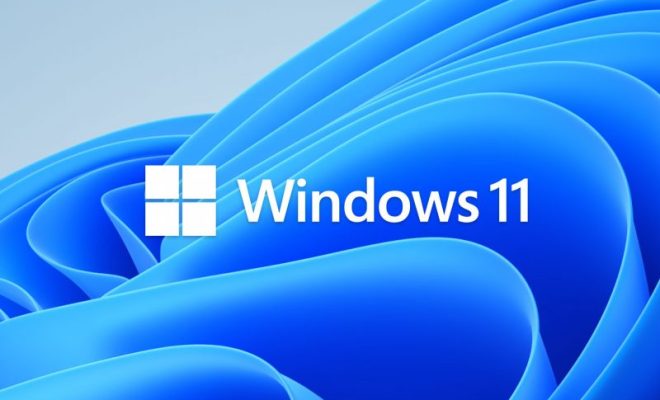Top 6 Ways to Fix DNS Server Not Responding on Windows 11

If you’ve ever encountered the error message ‘DNS Server Not Responding’ on your computer, you know how frustrating it can be. This error usually means that your computer is unable to connect to the internet or that your internet connection is slow. However, don’t worry too much, because there are several ways you can fix the problem quickly.
This article provides the top six ways to fix DNS server not responding on Windows 11. Keep reading to find out more.
1. Reset Your Router
The first thing to do when you encounter this error message is to restart your router. This is because the problem could be caused by a connectivity issue with your router. Turn off your router, remove the power cord, and wait for a few seconds. Then, plug in the power cord and turn on your router again. Wait until your router’s lights stop blinking, and try to connect to the internet.
2. Run the Network Troubleshooter
Windows 11 has a built-in network troubleshooter that can help fix connection issues. Press the Windows key + X, select Settings, and click on Network & Internet. Scroll down and click on Network Troubleshooter. Wait for the troubleshooter to run, and follow the on-screen instructions to resolve any issues found.
3. Flush Your DNS Cache
Your DNS cache may be causing the server not responding error. To flush your cache, press the Windows key + R, type cmd, and open the Command Prompt. Type ipconfig /flushdns and hit Enter. This will delete your DNS cache, and you can now try to connect to the internet again.
4. Change Your DNS Server
Sometimes, the DNS server you are using may not be working correctly. You can change your DNS server to a more reliable one. Press the Windows key + X, select Settings, and click on Network & Internet. Scroll down and click on Change Adapter Options. Right-click on your network adapter and select Properties. Select Internet Protocol Version (TCP/IPv4) and click on Properties. Select Use the following DNS server addresses and enter the DNS server addresses you want to use. Click OK to save the changes.
5. Update Your Network Adapter Driver
An outdated or corrupt network adapter driver can also cause the DNS server not responding error. Update your network adapter driver by right-clicking on your network adapter in Device Manager and selecting Update driver. Follow the on-screen instructions to update your driver.
6. Disable Your Firewall Temporarily
Your firewall may be preventing your computer from connecting to the network. Disable your firewall temporarily and try to connect to the internet. If the problem is solved, you can re-enable your firewall and make sure it’s not blocking any necessary programs or ports.
In conclusion, the DNS server not responding error can be frustrating. However, you can easily fix the problem by resetting your router, running the network troubleshooter, flushing your DNS cache, changing your DNS server, updating your network adapter driver, or disabling your firewall temporarily. Try these methods and you’ll be back online in no time!






